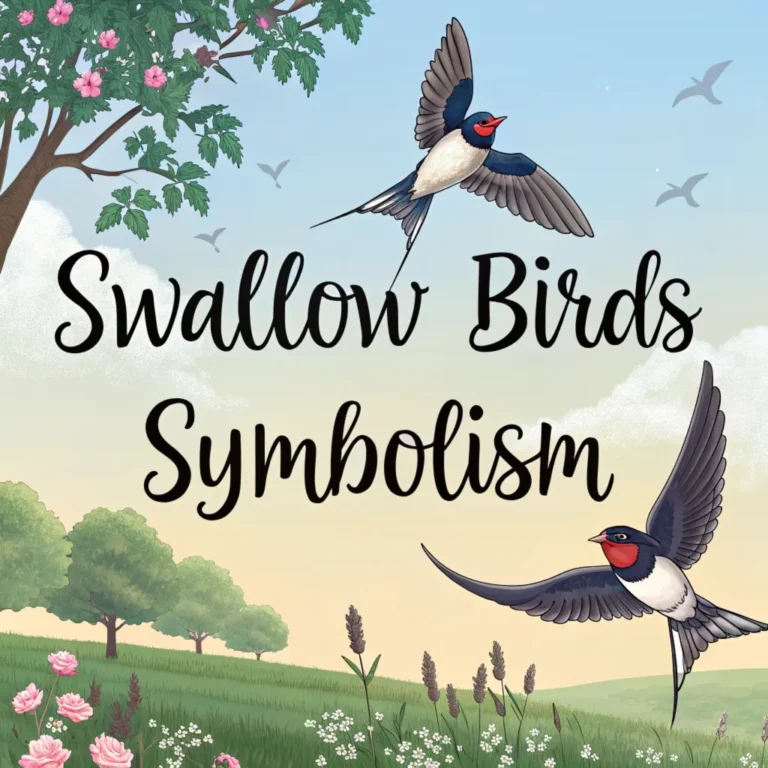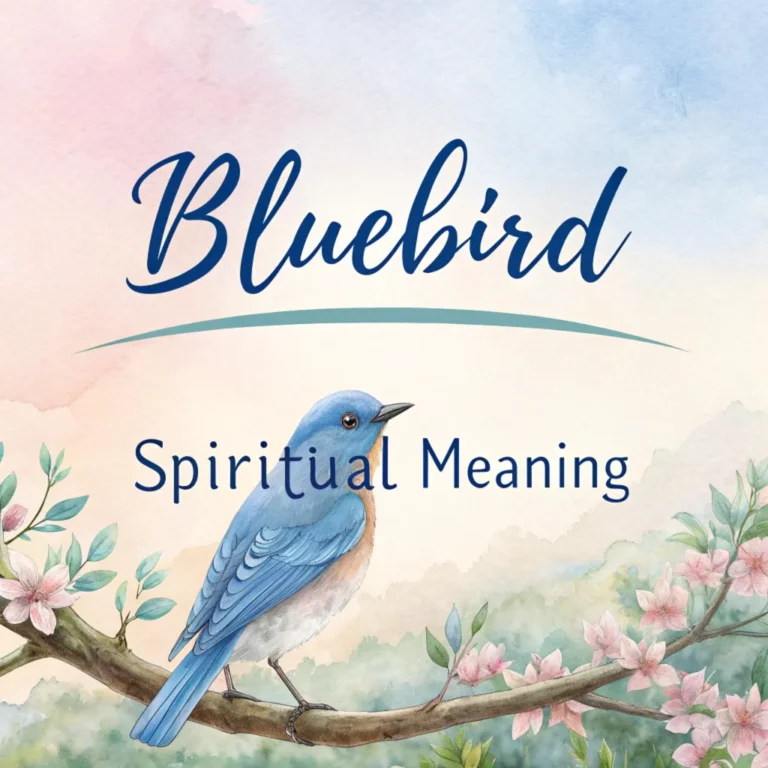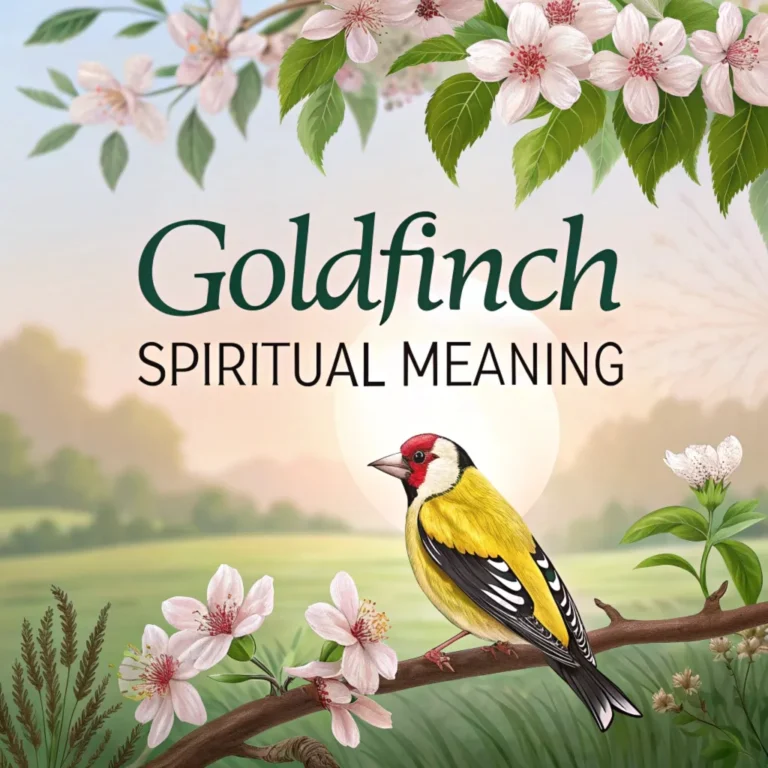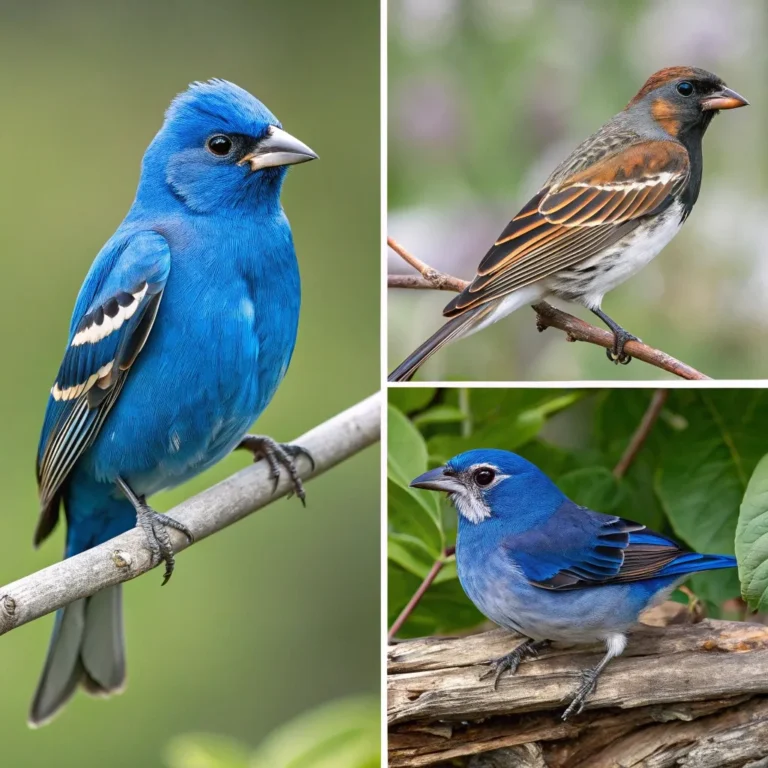What Do Hummingbirds Eat? A Comprehensive Guide to Their Diet
Hummingbirds amaze us with their tiny size and incredible flying skills. These birds need special food to keep up their energy.
This guide explains what hummingbirds eat and why their diet matters. We will explore the main foods hummingbirds like.
We will also look at how their eating habits change with the seasons. This information helps bird lovers understand hummingbirds better.
Let’s discover the interesting world of hummingbird food together.

Key Takeaways: Hummingbird Diet Essentials
- Nectar: The primary energy source, comprising 20% sugar and 80% water
- Insects: Vital for protein, fat, and essential nutrients
- Feeding frequency: Up to 8 times per hour, consuming half their body weight in sugar daily
- Nectar sources: Both natural flowers and artificial feeders
- Insect preferences: Small bugs like gnats, fruit flies, and aphids
- Seasonal variations: Diet adapts to food availability throughout the year
- No seeds: Hummingbirds do not eat seeds as part of their regular diet
- Specialized anatomy: Lack a stomach, storing food in a throat sac
- Feeding technique: Use a fringed tongue to lap up nectar, not sipping
- High metabolism: Requires constant feeding to maintain energy levels
- Opportunistic feeders: May consume tree sap, ashes, or sand for minerals
- Species variations: Different hummingbird species have unique dietary preferences
- Breeding season: Females consume more protein-rich foods when preparing to lay eggs
The Sweet Staple: Nectar as a Primary Food Source
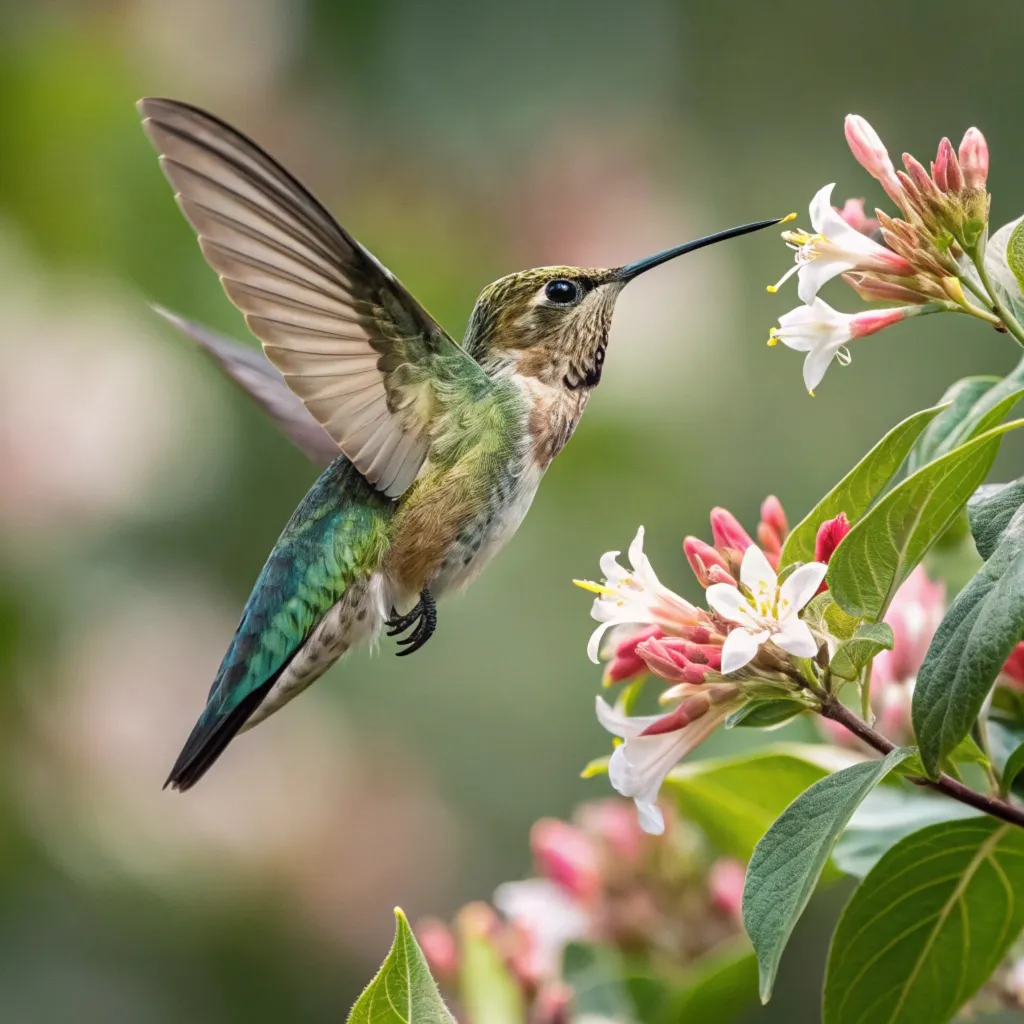
Hummingbirds rely heavily on nectar as their main food source. This sugary liquid provides the essential energy they need for their high-metabolism lifestyle.
Nectar comprises 20% sugar and 80% water, offering a quick and efficient energy boost.
Hummingbirds obtain nectar from various flowering plants. They prefer flowers with long, tubular shapes that accommodate their specialized bills. Popular nectar sources include:
- Bee balm
- Salvia
- Cardinal flowers
- Petunias
- Trumpet creeper
- Fuchsia
In addition to natural sources, many people offer sugar water solutions in feeders to attract and nourish hummingbirds. The recommended mixture mimics natural nectar, using a 4:1 ratio of water to sugar.
The importance of nectar in a hummingbird’s diet cannot be overstated. These tiny birds have evolved to efficiently extract and process this high-energy food source.
Their long, specialized tongues can extend far into flowers, allowing them to reach nectar that other birds cannot access.
This adaptation gives hummingbirds a competitive advantage in their ecological niche and enables them to thrive in diverse habitats.
While nectar provides crucial energy, it’s essential to understand that it’s not the sole component of a hummingbird’s diet.
These birds have complex nutritional needs that require a balanced intake of various food sources.
This balance is critical for maintaining their incredible metabolic rates and supporting their unique physiological demands.
Protein-Packed Diet: The Importance of Insects
While nectar provides energy, hummingbirds need protein, fat, and other nutrients for a balanced diet.
They fulfill these requirements by consuming various small insects and spiders. Common insect prey includes:
- Gnats
- Fruit flies
- Aphids
- Ants
- Midges
- Leaf hoppers
Hummingbirds employ different hunting techniques to catch insects:
- Gleaning: Picking insects off leaves, bark, or flowers
- Hawking: Catching insects mid-flight
- Opportunistic feeding: Taking advantage of insects trapped in spider webs or tree sap
The protein-rich insect diet is crucial for hummingbirds, especially during breeding seasons. Female hummingbirds require extra protein to produce eggs, while growing chicks need protein for rapid development.
Insects provide essential amino acids and micronutrients that are not available in nectar alone. This dietary diversity ensures that hummingbirds can maintain their high-performance bodies and support their energetic lifestyles.
Interestingly, hummingbirds have adapted their foraging behavior to efficiently capture insects.
Their ability to hover and fly backwards allows them to maneuver precisely in tight spaces, making them adept at catching small, flying prey.
This skill set, combined with their keen eyesight, enables hummingbirds to be successful insectivores despite their diminutive size.
Feeding Habits: Frequency and Consumption
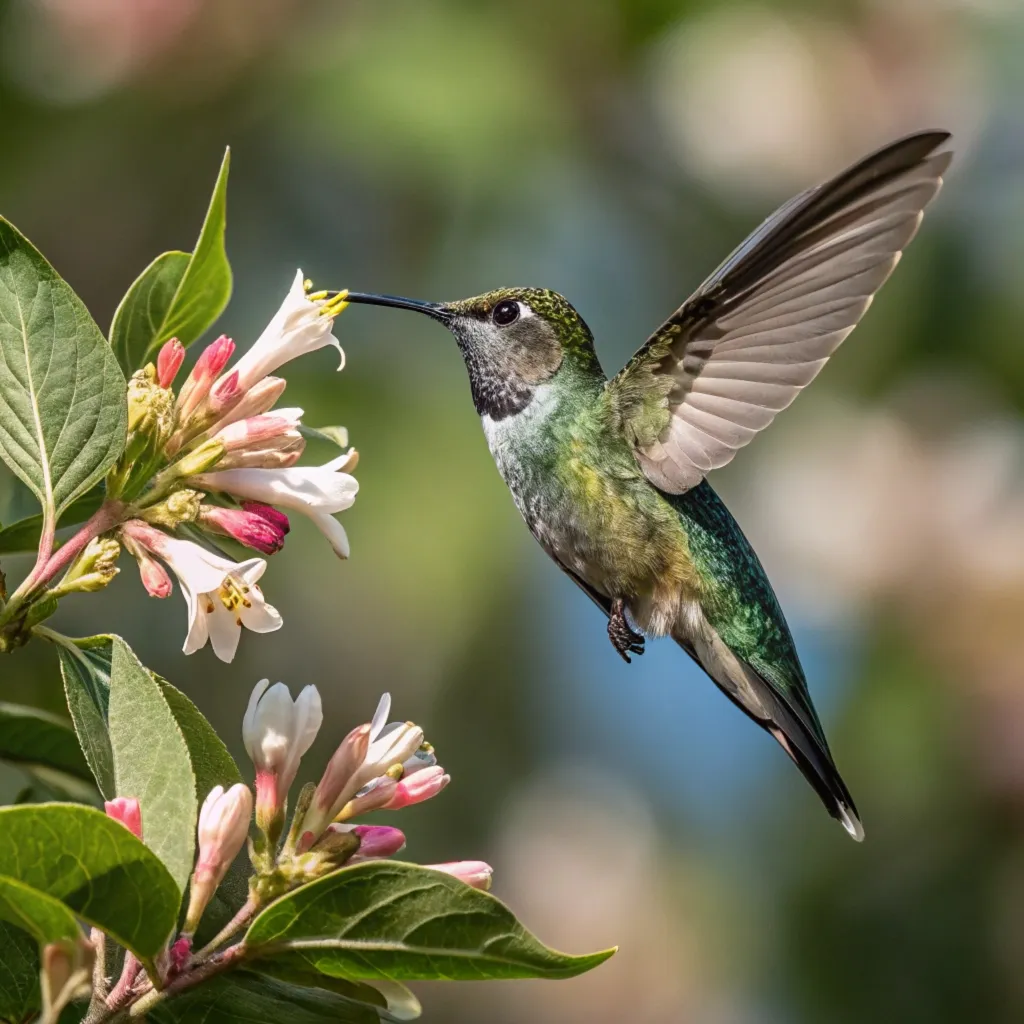
Hummingbirds have a remarkable metabolism that requires frequent feeding. They typically eat up to eight times per hour, with each feeding session lasting about a minute.
This high-frequency feeding allows them to consume approximately half their body weight in sugar daily.
Their unique anatomy contributes to their feeding habits:
- No stomach: Hummingbirds lack a traditional stomach, instead storing food in a small sac in their throat
- Specialized tongue: They use a fringed tongue to lap up nectar at a rate of up to 15 times per second
The feeding frequency of hummingbirds is a testament to their incredible energy demands. These tiny birds have the highest metabolic rate of any warm-blooded animal, relative to their size.
To maintain this high metabolism, they must consume an enormous amount of food throughout the day.
This constant need for energy drives their behavior, influencing everything from their territorial displays to their migration patterns.
Hummingbirds have evolved remarkable physiological adaptations to support their feeding habits.
Their heart rate can exceed 1,000 beats per minute during active feeding, and they can digest nectar in as little as 20 minutes.
These adaptations allow hummingbirds to efficiently process the large quantities of food they consume, ensuring they can maintain their energy levels even in challenging environments.
Seasonal Diet Variations
Hummingbirds adapt their diet based on food availability throughout the year:
- Spring and Summer: Abundance of flowers and insects allows for a varied diet
- Fall: Increased nectar consumption to prepare for migration
- Winter: Some species rely more heavily on insects and tree sap when flowers are scarce
The seasonal changes in a hummingbird’s diet reflect their remarkable ability to adapt to changing environmental conditions.
During the spring breeding season, hummingbirds increase their intake of protein-rich insects to support egg production and chick growth.
As summer progresses, they take advantage of the abundant nectar sources to build up energy reserves for migration.
Fall migration is a particularly critical time for hummingbirds. They must consume vast amounts of nectar to fuel their long-distance flights.
Some species, like the Ruby-throated Hummingbird, can double their body weight in preparation for migration.
This incredible feat of energy storage allows them to make non-stop flights across the Gulf of Mexico, a journey that can take up to 20 hours.
Species-Specific Diet Preferences
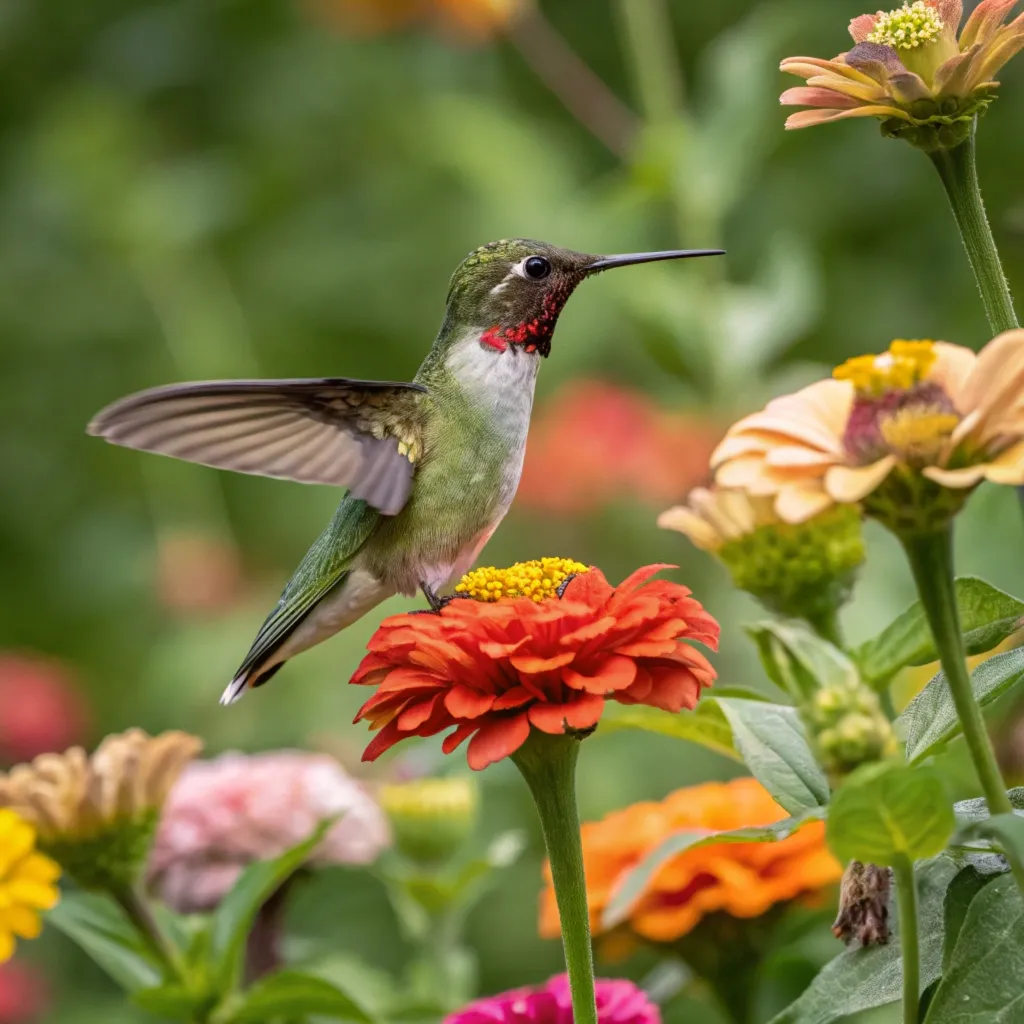
Different hummingbird species have unique dietary preferences:
- Ruby-throated hummingbirds: Favor red and orange tubular flowers
- Anna’s hummingbirds: Frequently visit garden plants like salvia and fuchsia
- Rufous hummingbirds: Known for aggressive feeding habits and a wide range of flower preferences
The diversity of hummingbird species is reflected in their varied dietary preferences. These preferences have evolved alongside the flowers they feed from, resulting in fascinating co-evolutionary relationships.
For example, some hummingbird species have developed longer bills to access nectar from deep, tubular flowers that other birds cannot reach.
This specialization allows different hummingbird species to coexist in the same habitat by reducing competition for food resources.
Behavioral adaptations also play a role in species-specific feeding habits. Some hummingbird species are highly territorial, fiercely defending productive feeding areas.
Others are more nomadic, following the blooming patterns of their preferred flowers across large geographic areas.
These different strategies reflect the diverse ecological niches that hummingbirds have evolved to fill.
Feeding Differences Between Males and Females
While male and female hummingbirds have similar diets, some differences exist:
- Females: Consume more protein-rich insects during breeding season
- Males: Maintain a more consistent diet throughout the year
The dietary differences between male and female hummingbirds are primarily driven by their distinct reproductive roles. Female hummingbirds require additional protein to support egg production and chick rearing.
This increased protein intake is crucial for producing healthy offspring and maintaining the female’s own body condition during the demanding breeding season.
Male hummingbirds, on the other hand, focus more on defending territories and attracting mates.
Their diet remains relatively consistent throughout the year, with a higher emphasis on high-energy nectar to fuel their elaborate courtship displays and territorial behaviors.
These gender-specific dietary patterns reflect the different energetic demands placed on male and female hummingbirds during the breeding season.
Hummingbird Diets in Various Habitats

Hummingbirds adapt their diets based on their habitat:
- Rainforest: Access to exotic flowers like heliconias and passionflowers, plus tropical insects
- Desert: Feed on desert plants like agave and ocotillo, adapting to harsh conditions
The adaptability of hummingbirds to different habitats is truly remarkable. In lush rainforest environments, hummingbirds have access to a wide variety of nectar-producing flowers and an abundance of insects.
This rich food supply allows for greater species diversity and more specialized feeding behaviors. Some rainforest hummingbirds have evolved extremely long bills to access nectar from deep, curved flowers that other birds cannot reach.
In contrast, desert-dwelling hummingbirds face unique challenges. They must cope with scarce and unpredictable food sources, as well as extreme temperatures.
These birds have adapted by developing the ability to enter a state of torpor, lowering their metabolic rate to conserve energy when food is scarce.
They also take advantage of ephemeral blooms, quickly locating and exploiting temporary nectar sources that appear after rare desert rains.
The Role of Water in a Hummingbird’s Diet
Hummingbirds obtain most of their water from the nectar they consume. The sugar water solution in feeders and flower nectar provides both hydration and energy.
These birds rarely drink water directly from sources like birdbaths or ponds. Their specialized digestive system efficiently processes the liquid nectar, extracting both nutrients and water.
During hot weather, hummingbirds may seek out water-rich food sources to stay hydrated. They might visit flowers with more dilute nectar or feed more frequently from sugar water feeders.
Some hummingbirds have been observed bathing in light rain or dew on leaves, which can help them cool down and maintain their feathers.
Hummingbird Foraging Techniques
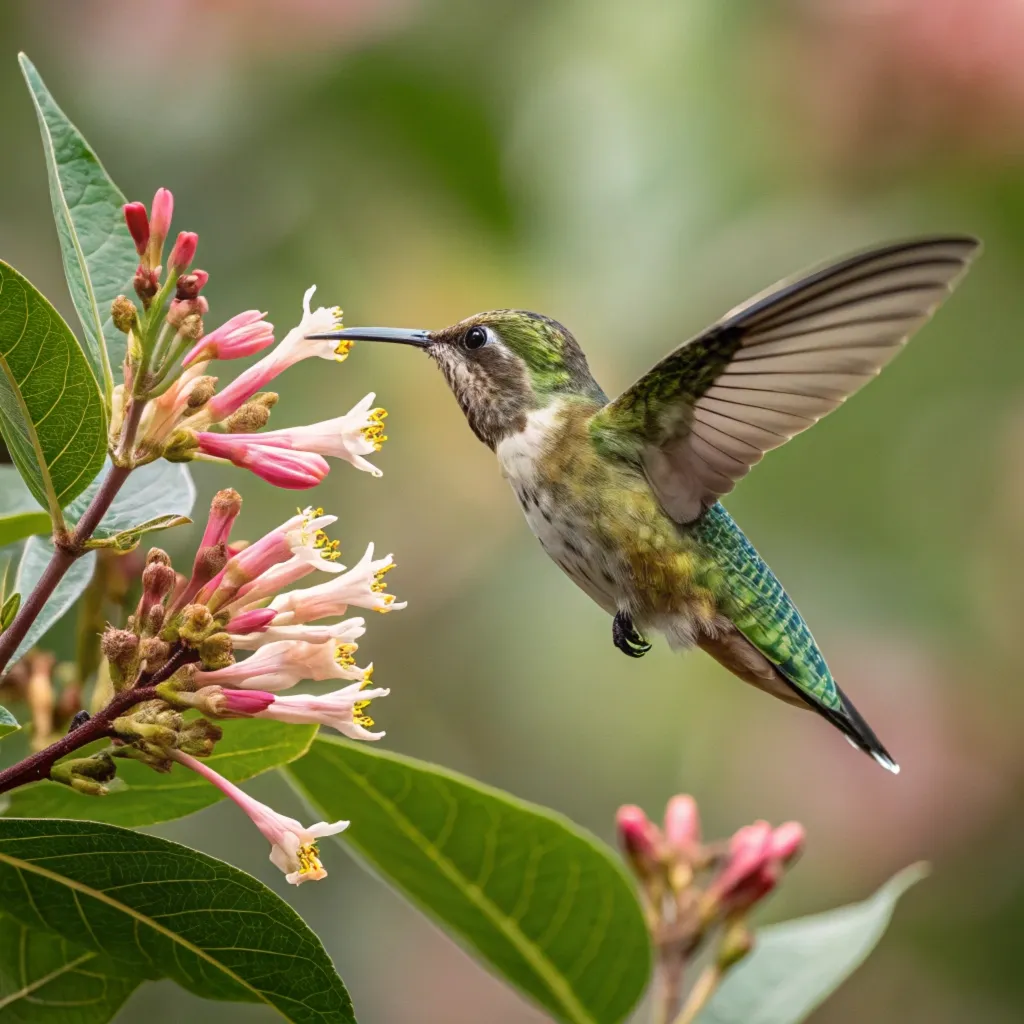
Hummingbirds employ various foraging strategies to meet their diverse nutritional needs.
Their primary technique is hover-feeding, where they use their unique flight abilities to remain stationary in front of flowers while extracting nectar. This method allows them to access food sources that other birds cannot reach.
For insect prey, hummingbirds use several hunting methods:
- Hawking: Catching insects in mid-air during flight
- Gleaning: Plucking small insects from leaves, bark, or spider webs
- Sallying: Making short flights from a perch to catch flying insects
Hummingbirds also practice traplining, where they follow a regular route of feeding sites. This efficient foraging technique allows them to visit multiple food sources in a set sequence, maximizing their energy intake while minimizing competition with other birds.
The Role of Artificial Feeders
Backyard enthusiasts often use artificial feeders to attract hummingbirds. When using feeders:
- Use a simple sugar water solution (4:1 water to sugar ratio)
- Avoid additives like red dye or honey
- Clean feeders regularly to prevent mold growth
Artificial feeders play a significant role in supporting hummingbird populations, especially in urban and suburban areas where natural nectar sources may be limited.
These feeders provide a reliable food source that can help hummingbirds survive periods of scarcity or fuel up for migration.
However, it’s important to note that feeders should complement, not replace, natural food sources.
Proper feeder maintenance is crucial for the health of visiting hummingbirds. Regular cleaning prevents the growth of harmful mold and bacteria that can sicken birds.
Additionally, using the correct sugar-to-water ratio ensures that hummingbirds receive an appropriate energy boost without compromising their health.
By following best practices for feeder use, backyard enthusiasts can make a positive contribution to hummingbird conservation while enjoying these fascinating birds up close.
FAQs About Hummingbird Diets
Do hummingbirds eat seeds?
Hummingbirds do not typically eat seeds. Their diet consists primarily of nectar and small insects.
How much do hummingbirds eat in a day?
Hummingbirds consume about half their body weight in sugar daily, visiting hundreds of flowers or feeding 8 times per hour.
Can hummingbirds eat fruit?
While not a primary food source, hummingbirds may occasionally sip juices from ripe or cut fruits like berries, apples, and oranges.
Do hummingbirds need protein in their diet?
Yes, hummingbirds require protein from insects and spiders to supplement their nectar-based diet, especially during breeding seasons.
How do hummingbirds find their food?
Hummingbirds use their excellent eyesight and memory to locate food sources, remembering the locations of productive feeding sites.

Joyce is the passionate founder of Chirping Hearts, a website dedicated to sharing her love for birds and providing valuable information about avian life. With a background in ornithology and years of experience in birdwatching, Joyce aims to inspire others to appreciate the beauty and diversity of birds. Through her engaging articles and guides, she hopes to foster a community of bird enthusiasts who share her enthusiasm for these incredible creatures. When she’s not writing, Joyce enjoys exploring nature trails and observing birds in their natural habitats.



